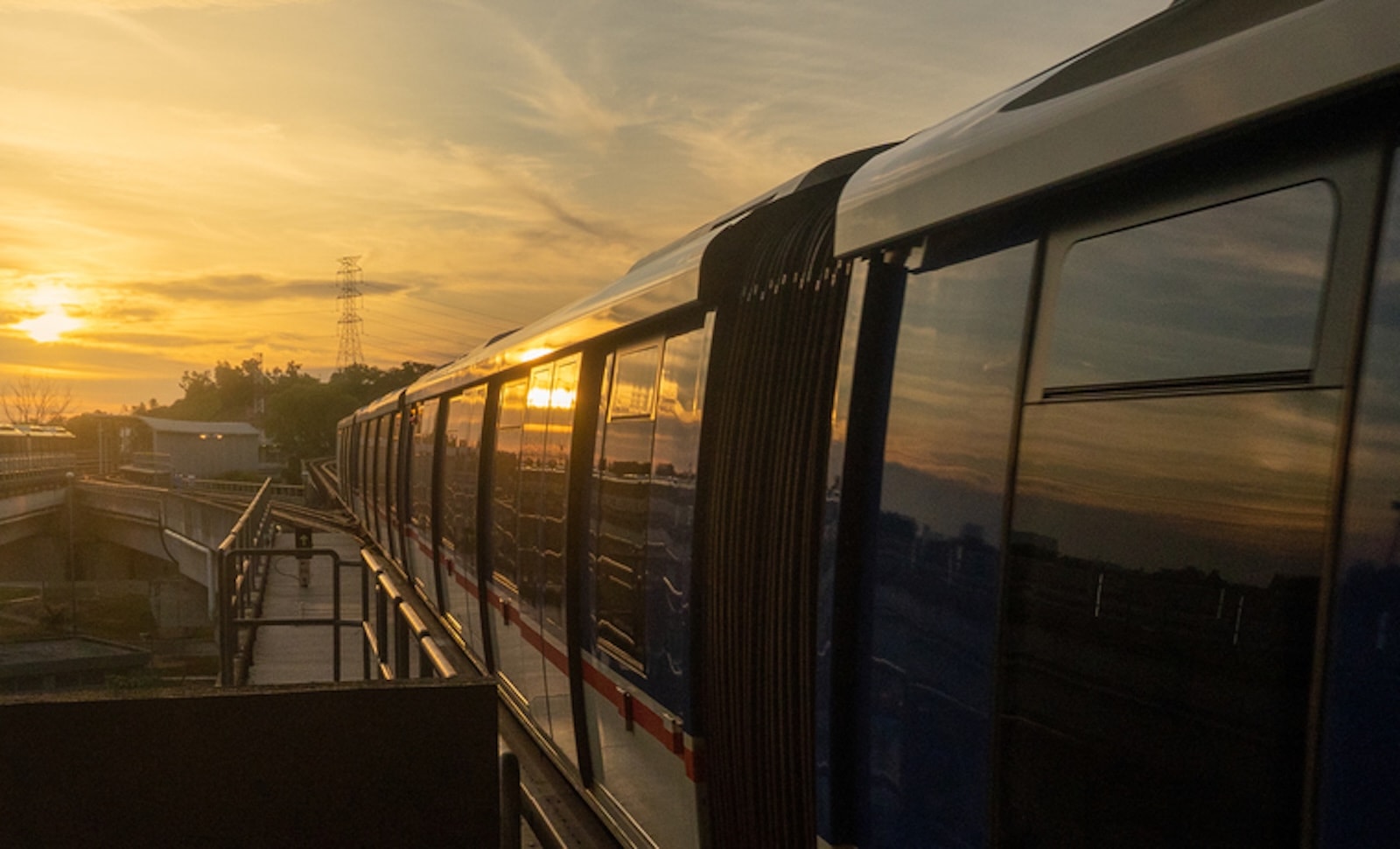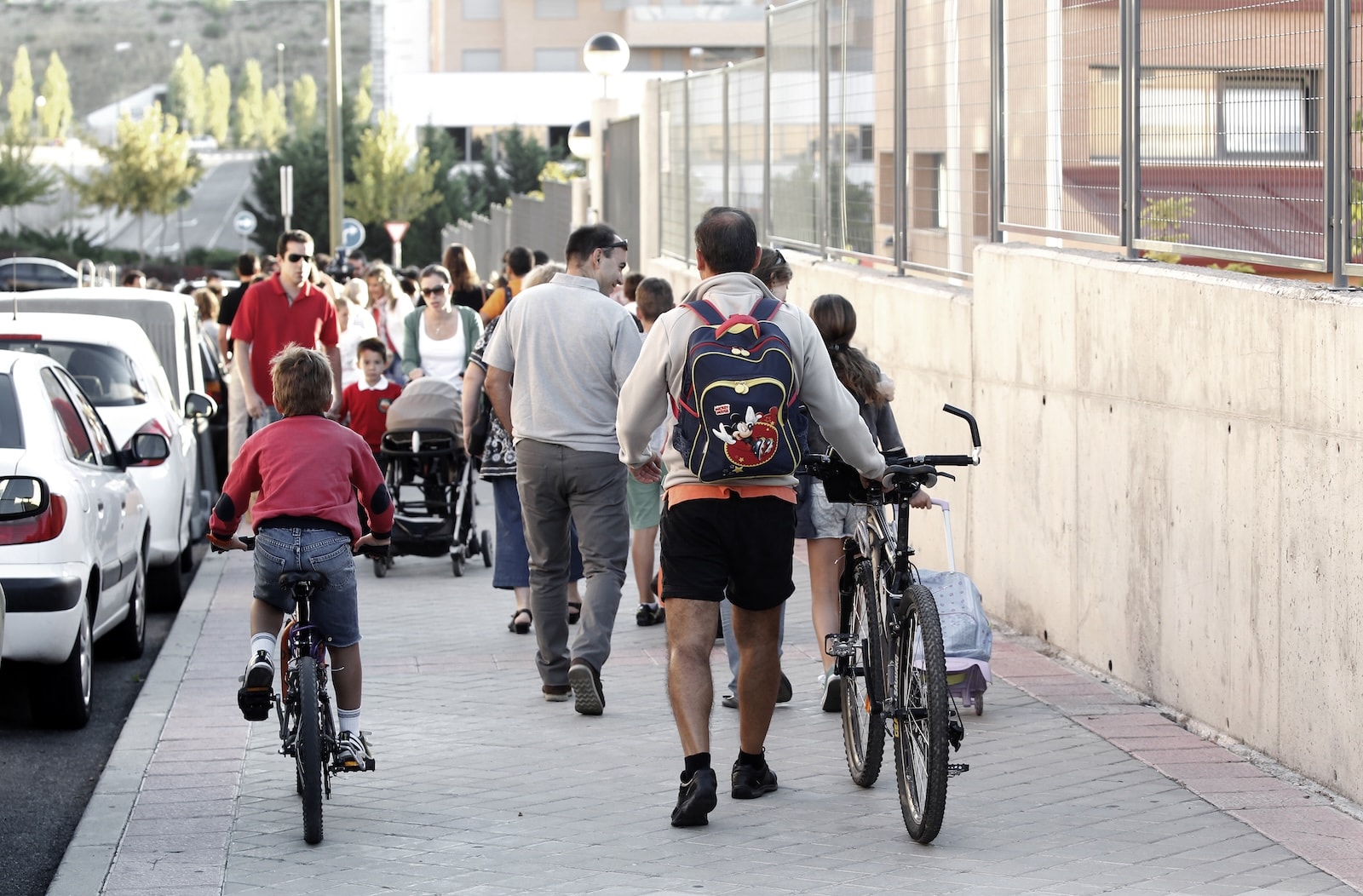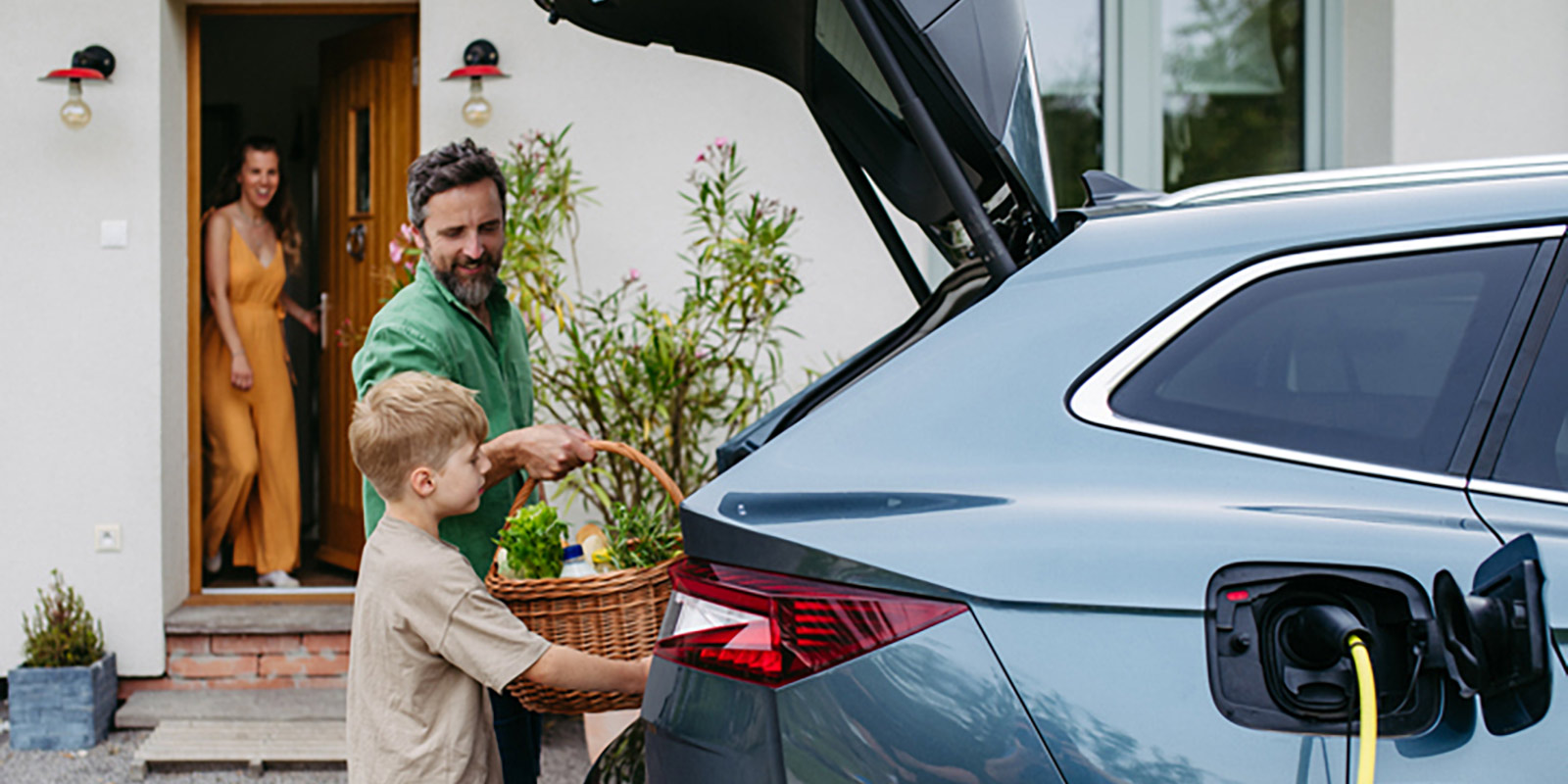Tuesday, September 9, 2025
Trains and trams powered by renewable energy are making their way around the world as an efficient, sustainable option that is increasingly widespread.
The future of transportation is riding on rails and moving silently, powered by the wind, the sun, and technical ingenuity. This quiet but steady change is redefining how we think about public transportation and its role in the energy transition.
In the Netherlands, for example, the rail network has been running on 100% wind power since 2017. The operator NS guarantees that every train journey is carbon neutral thanks to its commitment to renewable energy. This decision has not only reduced the environmental footprint of the transport system, but has also cemented rail as a model of sustainability on a European scale.
In Argentina, the Quebrada de Humahuaca solar train has been operating since 2024. This tourist train travels 42 km through this UNESCO World Heritage Site. Although it does not travel particularly fast (a top speed of 60 km/h), it is the first solar train in the Americas. The trains are electric units powered by batteries recharged with solar energy from photovoltaic panels installed in fixed facilities.
Another notable example is the FV-E991 HYBARI experimental train in Japan, which combines hydrogen fuel cells with electric batteries. This train has traveled on non-electrified lines, such as Tsurumi and Nambu, and has completed more than 10,000 km in hydrogen mode and 6,000 km in electric mode. It is scheduled to enter full service around 2030, with the aim of replacing existing diesel trains and reducing CO₂ emissions by around 60,000 tons per year.
In Spain, although progress is more gradual, there are already robust projects demonstrating the potential. This is the case of MetroTenerife, which has been awarded the sustainable transport label thanks to its environmental commitment. Its trams are powered by electricity from renewable sources, and its regenerative braking system recovers some of the energy used during the journey. This type of innovation, which transforms deceleration into an opportunity to recharge energy, is one of the biggest allies of electric transport on its path to self-sufficiency.
The European FCH2RAIL project, in which the National Hydrogen Center (CNH2) is participating with a system that combines electricity and hydrogen to power hybrid trains, represents a step further. According to Esteban José Rodríguez, a development engineer at CNH2, the major breakthrough has been integrating a hydrogen fuel cell as an energy source on non-electrified sections and using the overhead lines on electrified sections. This solution makes trains truly dual-mode vehicles, capable of adapting to different environments without the need for fossil fuels. The prototype has already successfully traveled more than 10,000 kilometers in hydrogen mode and another 6,000 kilometers in electric mode.
Rodríguez also highlights the impact this technology could have in the coming years if accompanied by strategic investments: hydrogen refueling infrastructure needs to be built, European regulations governing its use in railways need to be consolidated, and research must continue to reduce costs. But the potential is there. Green hydrogen is not only a sustainable option, it also allows rail transport to gain energy autonomy and resilience.
Another important line of work is the incorporation of photovoltaic installations in transport-related infrastructure. The Community of Madrid, for example, has installed the first bus shelter in Leganés that is self-powered by solar energy. A symbolic gesture that nevertheless reflects a broader evolution: every waiting point, every roof, and every surface can become a small power plant, adding distributed generation to the transport system.
These types of solutions are integrated into everyday life without disturbing the environment, reinforcing the idea that we need not wait for major revolutions to transform mobility. It is no longer just a matter of consuming less, but of generating while operating. Technologies such as solar roofs on garages, on-board energy storage systems, and smart energy management enable trains and trams to be not only sustainable vehicles, but active nodes in the urban energy network.
The result of this development is a new perspective on the role of public transport. Beyond its basic function of moving people, it is becoming a key part of urban ecosystems, in constant interaction with other sustainable infrastructure. And although challenges remain—such as expanding renewable coverage on less electrified lines and integrating these technologies into rural environments—the progress made points in a clear direction.
Technological innovation plays a key role in this journey, but so do institutional commitment and collaboration between administrations, operators, and citizens. Every kilometer traveled using sustainable energy is an investment in efficiency, urban health, and energy independence. The public transportation of the future is now underway, powered by the sun and, now, hydrogen.
¿Te ha parecido interesante?





